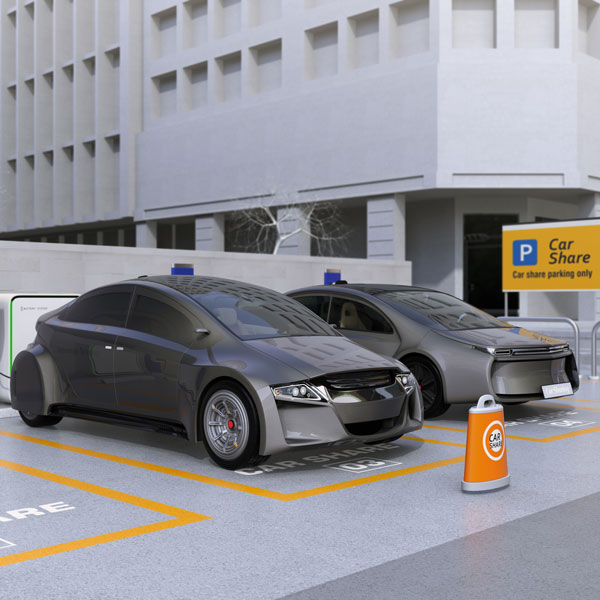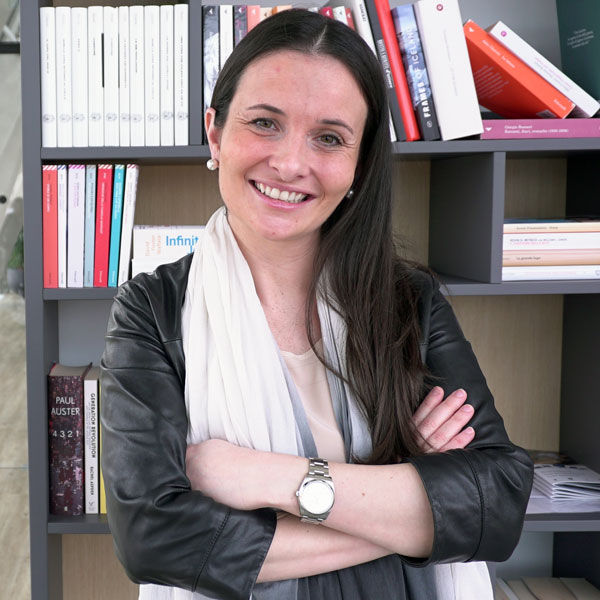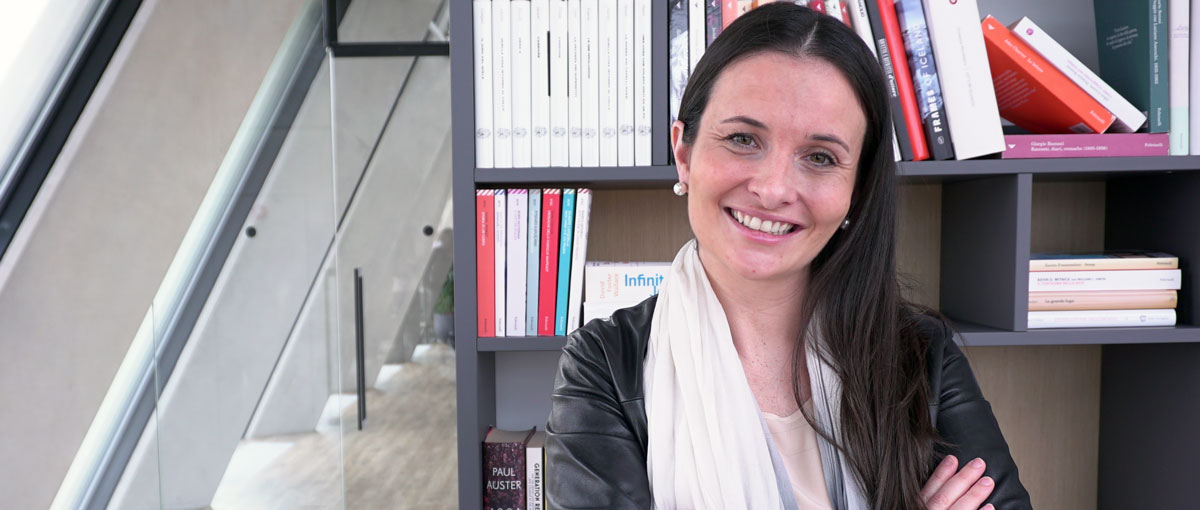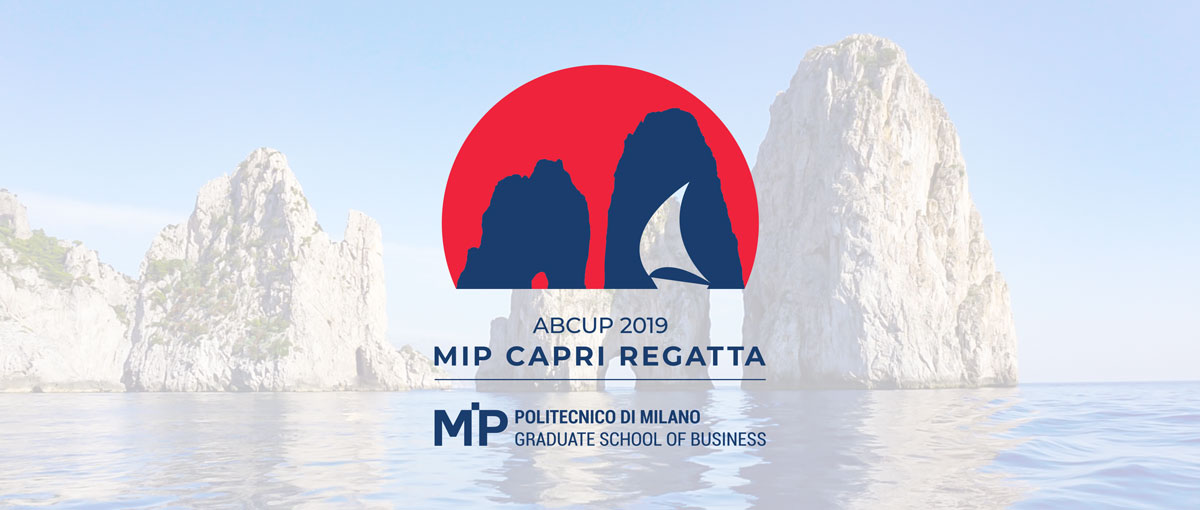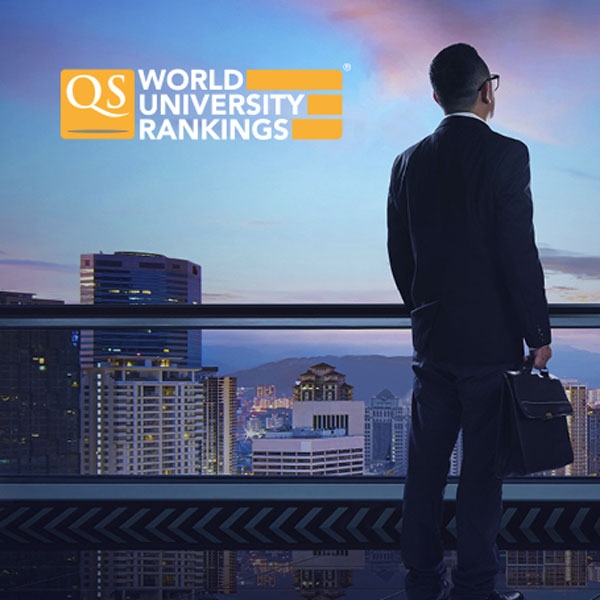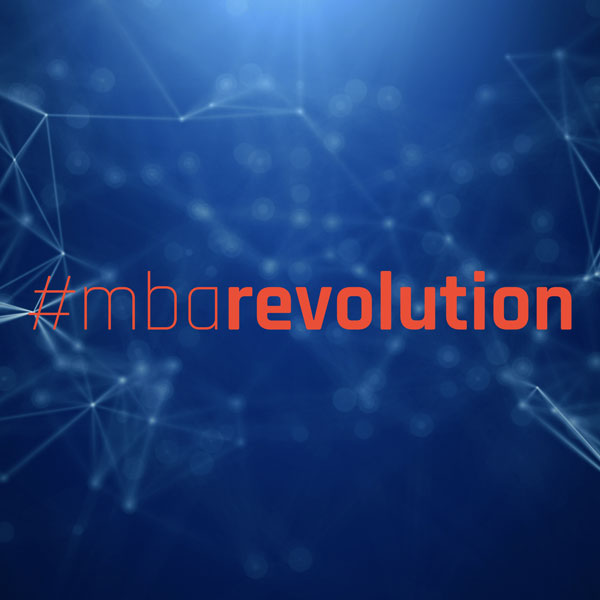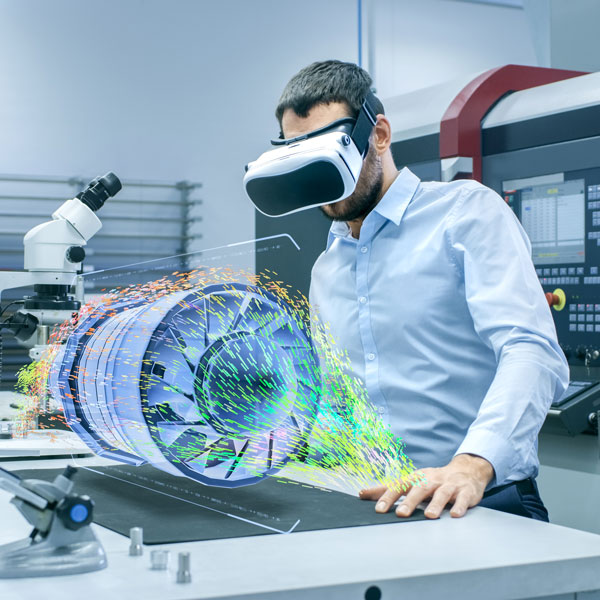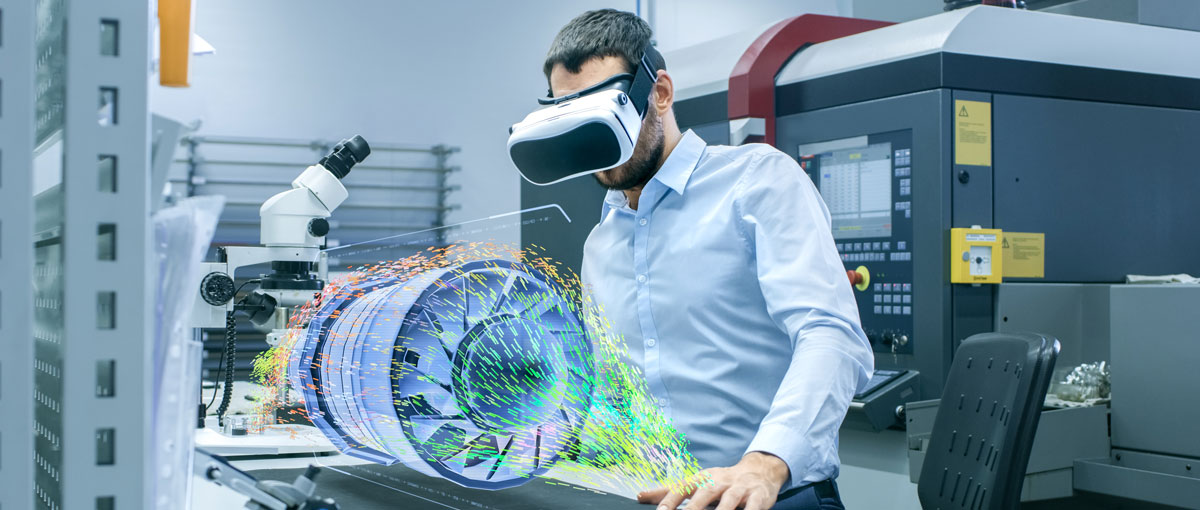
New forms of propulsion, the sharing economy, environmental sustainability. These are some of the themes that characterize the road towards the mobility of the future A revolution that involves on one side the technological nature of means of transport and, on the other, the relationship users have with their vehicles. Confirming this is Simone Franzò, researcher at the Politecnico di Milano’s School of Management and Director of the Executive Master in Management at MIP: «One of the main macrotrends that is reshaping mobility is electrification, or rather the passage from traditional internal combustion typically powered by gas or diesel to electric motors. Without forgetting other emerging “fuels”, such as hydrogen, which in a near future could play an important role. The other big theme is so-called autonomous driving: vehicles able to carry out, completely or in part, the activities of a normal driver, an area that promises to revolutionize the driving experience itself and, more in general, vehicle use».
But changes are also of a social nature: «As in many other areas, the sharing economy is also becoming increasingly popular in mobility – continues Simone Franzò –, supported by very clear data: an owned vehicle is used on average for only 5% of its useful life, while for the remaining 95% it goes unused. Going beyond the concept of ownership, the sharing economy allows to more fully exploit the asset-vehicle. And this isn’t true only for the automobile, but for other means like bicycles, scooters and kick scooters».
A second example of sharing, applied to electric mobility, can be seen in the vehicle-to-grid (V2G) concept or, in its broadest sense, vehicle-to-everything (V2X): in this case what is shared isn’t the means of transport, but its energy source. «An electric vehicle can share its fundamental asset, that is a battery, with the power grid, or with consumers such as an apartment or a building. In the first instance, electric autos can help resolve problems with the electric grid by exchanging energy with it in a bi-directional manner, as a function of the needs of the grid itself; in the second, they can be used to provide power to consumers in case of a grid deficit».
In general, the issue of the environmental sustainability of electrical vehicles – which represents one of the main drivers for the spread of electric mobility – is widely debated, and for certain aspects is still under the magnifying glass, as confirms Franzò: «Numerous studies show that the source from which the electricity that fuels batteries comes has a significant impact on vehicle emissions and, thus, on their sustainability. The decarbonization path to produce energy underway at the national level will thus have a positive impact on this».
Now the spread of electric vehicles is still limited in Italy and strictly connected to the rollout of a suitable recharging infrastructure. While in an urban setting, and thus for short trips, alternatives aren’t lacking, it’s for long distances that electric vehicles continue to show their limits: «Today the number of recharging stations in Italy is well below that of the other main European countries. In addition, the fact they are mainly located in urban settings makes the use of electric vehicles for long distances more complex, despite an average autonomy that by now has reached 300-400 kilometres».
Obviously, the challenges change if we are talking about a city or the surrounding area. According to Franzò, «we need to think about mobility in a holistic way to unite cities and suburbs, for example creating interchange points at which those who arrive from the suburb heading to town centres can easily use shared vehicles, perhaps electric ones».
A synergy that is increasingly necessary, especially as cities increasingly focus on the decongestion of traffic and reducing pollution.
